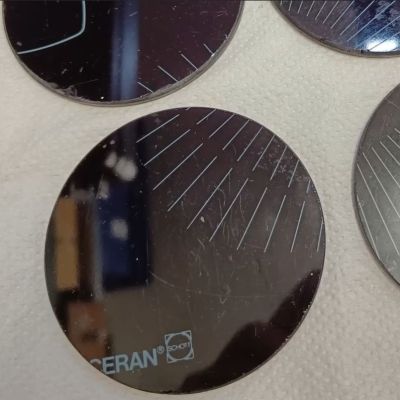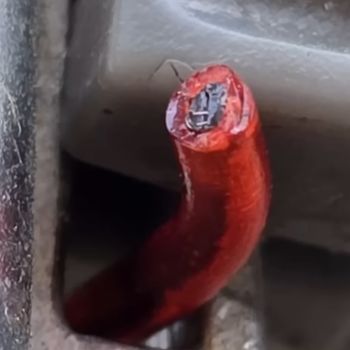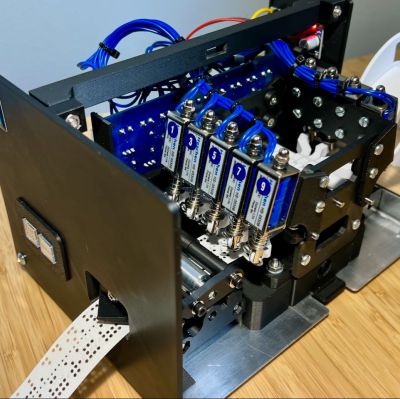People have been talking about switching from Windows to Linux since the 1990s, but in the world of open-source operating systems, there is much more variety than just the hundreds of flavors of Linux-based operating systems today. Take FreeBSD, for example. In a recent [GNULectures] video, we get to see a user’s attempt to switch from desktop Linux to desktop FreeBSD.
The interesting thing here is that both are similar and yet very different, mainly owing to their very different histories, with FreeBSD being a direct derivative of the original UNIX and its BSD derivative. One of the most significant differences is probably that Linux is just a kernel, with (usually) the GNU/Hurd userland glued on top of it to create GNU/Linux. GNU and BSD userland are similar, and yet different, with varying levels of POSIX support. This effectively means that FreeBSD is a singular OS with rather nice documentation (the FreeBSD handbook).






















